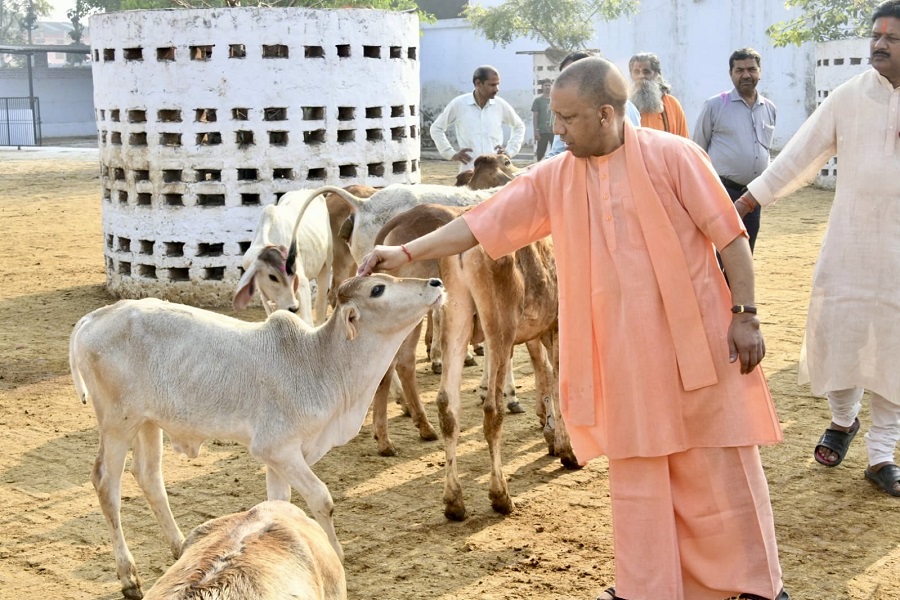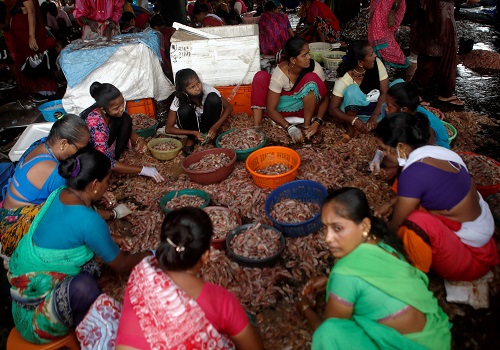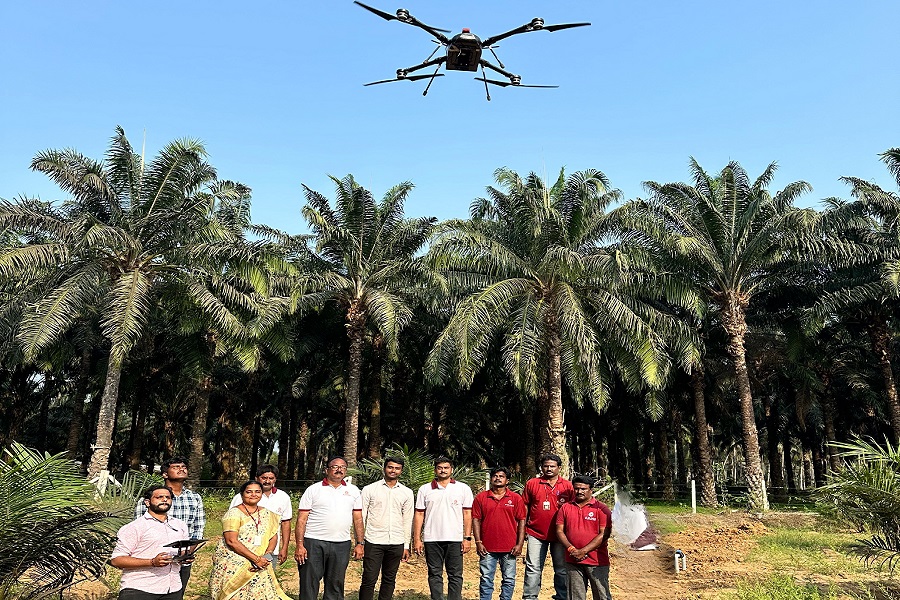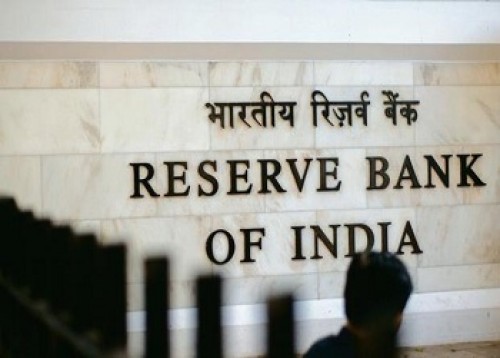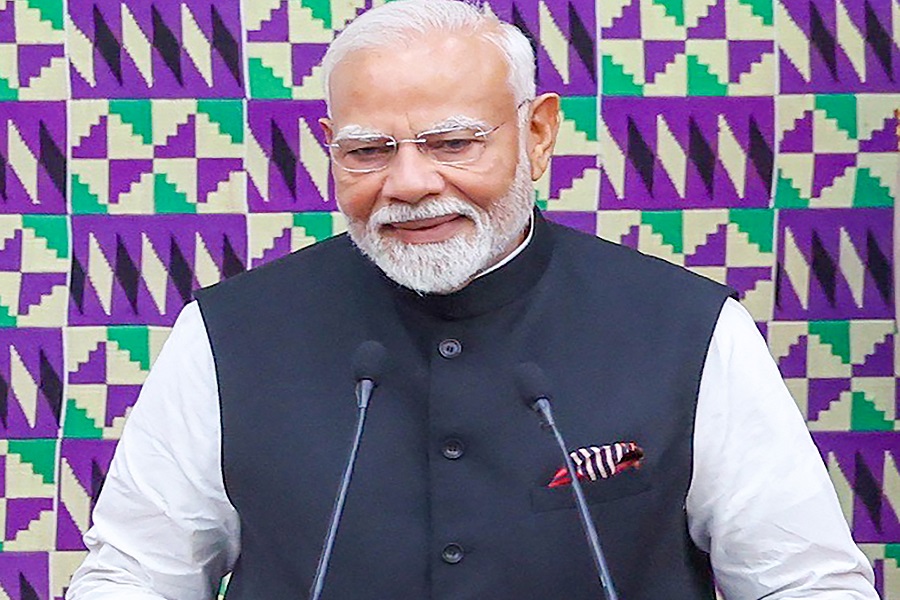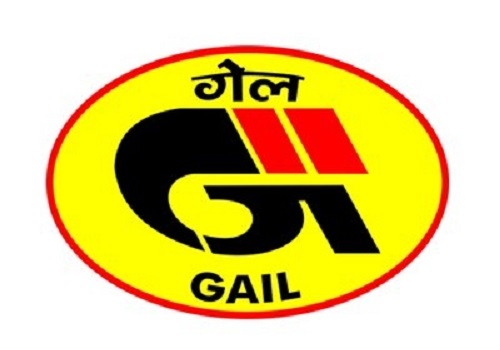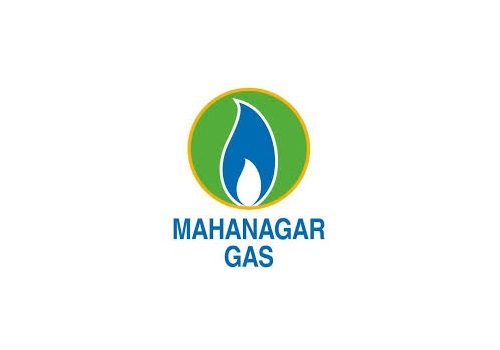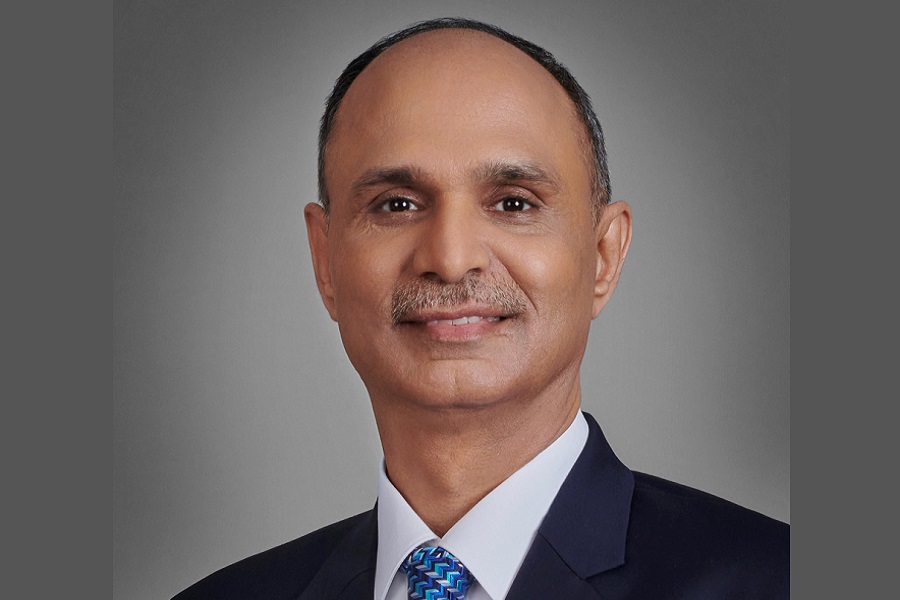Government to expand oil exploration area to 1 million sq km by 2030: Hardeep Puri

Union Petroleum and Natural Gas Minister Hardeep Singh Puri on Friday said that the government aims to expand the country’s oil exploration acreage to 1 million sq km by 2030 to further bolster India’s energy security.
Addressing the GEO India 24 conference here, Puri said the government has reduced "No-Go" areas in the Exclusive Economic Zone (EEZ) by almost 99 per cent, opening up vast new areas for oil and gas exploration.
The minister pointed out that when the Narendra Modi government took office in 2014, only 6 per cent of India’s sedimentary basins had been explored. "Today, this figure has risen to 10 per cent, and with further exploration activity under the Open Acreage Licensing Policy (OALP) rounds, this is set to increase to 16 per cent by 2025," he added.
Puri also outlined several significant reforms implemented under the current government to stimulate growth in India’s energy sector.
Key reforms include simplifying the approval process for exploration and production activities, and reducing 37 approval processes to just 18, of which nine are now available for self-certification. Additionally, the introduction of the Oilfields (Regulation and Development) Amendment Bill in 2024 ensures policy stability for oil and gas producers, allows for international arbitration, and extends lease periods, he said.
The minister further stated that India’s energy landscape is rapidly evolving, with the country boasting 651.8 million metric tons of recoverable crude oil reserves and 1,138.6 billion cubic meters of recoverable natural gas reserves within its sedimentary basins.
Despite these abundant resources, a significant portion of India’s exploration potential remains untapped, he added.
Puri also highlighted the shift from the previous regime’s Production Sharing Contracts (PSCs) to the new Revenue Sharing Contracts (RSCs), which provide greater clarity and predictability for investors. He emphasised the establishment of a Joint Working Group (JWG) comprising stakeholders from private E&P companies, national oil companies, the Ministry of Petroleum and Natural Gas (MoPNG), and the Directorate General of Hydrocarbons (DGH) to address industry concerns and improve the ease of doing business.
Another key area of focus has been improving access to data concerning India’s sedimentary basins. The government has made significant strides in facilitating data availability through initiatives like the National Seismic Programme (NSP) for onshore areas, EEZ surveys for offshore areas, and the opening up of previously unexplored regions such as the Andaman Basin, the minister pointed out.
Puri noted that the government is also making data more accessible to international companies by setting up a new data centre at the University of Houston, enabling foreign firms to view critical geological data with ease.
The recent Open Acreage Licensing Policy (OALP) bidding round IX marked a historic milestone, with 136,596 square kilometres of exploration area offered in 28 blocks across 8 sedimentary basins. Notably, 38 per cent of the area offered in this round had previously been classified as "No-Go" areas, the minister pointed out. He said that the round saw a strong response, with a total of 60 bids received for the 28 blocks, reflecting heightened interest from both Indian and foreign companies. The average number of bids per block increased to 2.4, compared to just 1.3 per block in the previous round.
Looking ahead, the minister expressed optimism about India’s energy future, particularly in the field of green hydrogen. With projects focused on hydrogen blending in natural gas pipelines, the localisation of electrolyser technologies, and the promotion of bio-pathways for green hydrogen production, India is positioning itself as a future global leader in green hydrogen production and exports.
He emphasised that green hydrogen is seen as the fuel of the future, and India is committed to becoming a global hub for its production.
"I have great faith in the innovative minds of geoscientists to lead an energy revolution in India, ensuring energy security for every citizen and meeting future challenges," Puri said.
GEO India 2024 is expected to draw around 2,000 participants including leading experts from India and abroad and feature over 20 conference sessions, 4 plenary discussions, 200+ technical papers, and 50+ exhibition booths.
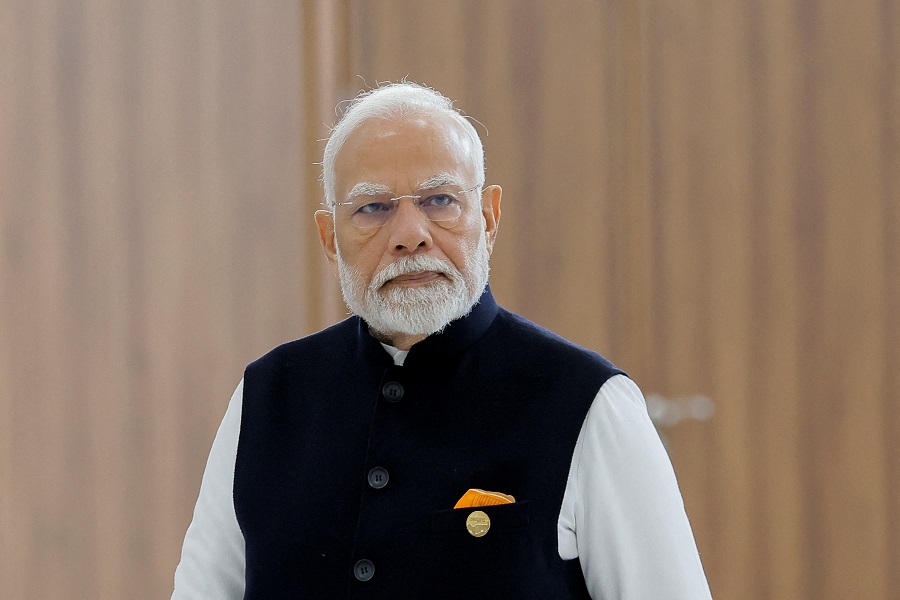









More News

UPITS 2025: Visitors to witness Uttar Pradesh's rich culinary heritage at 25 attractive food...
